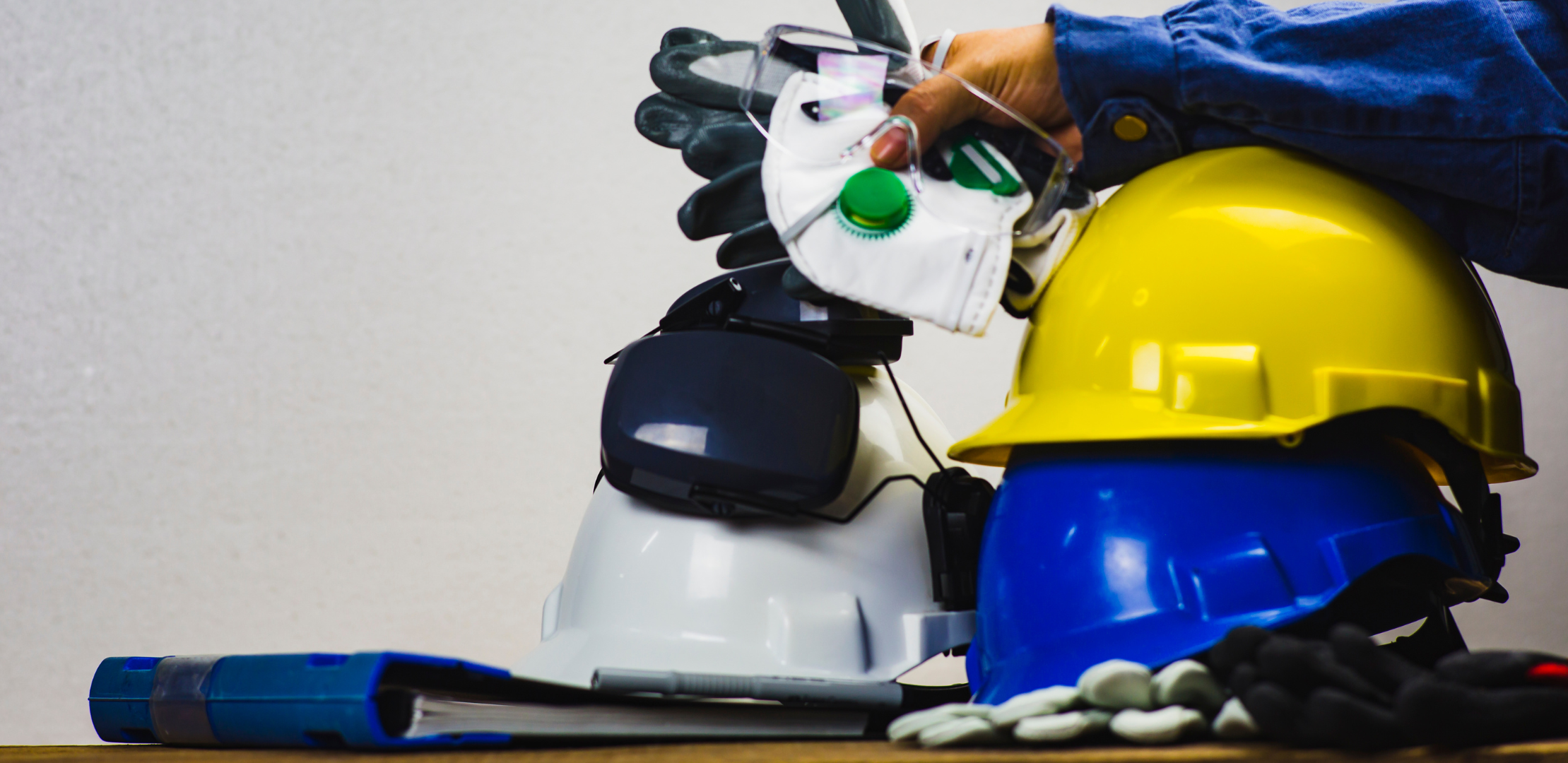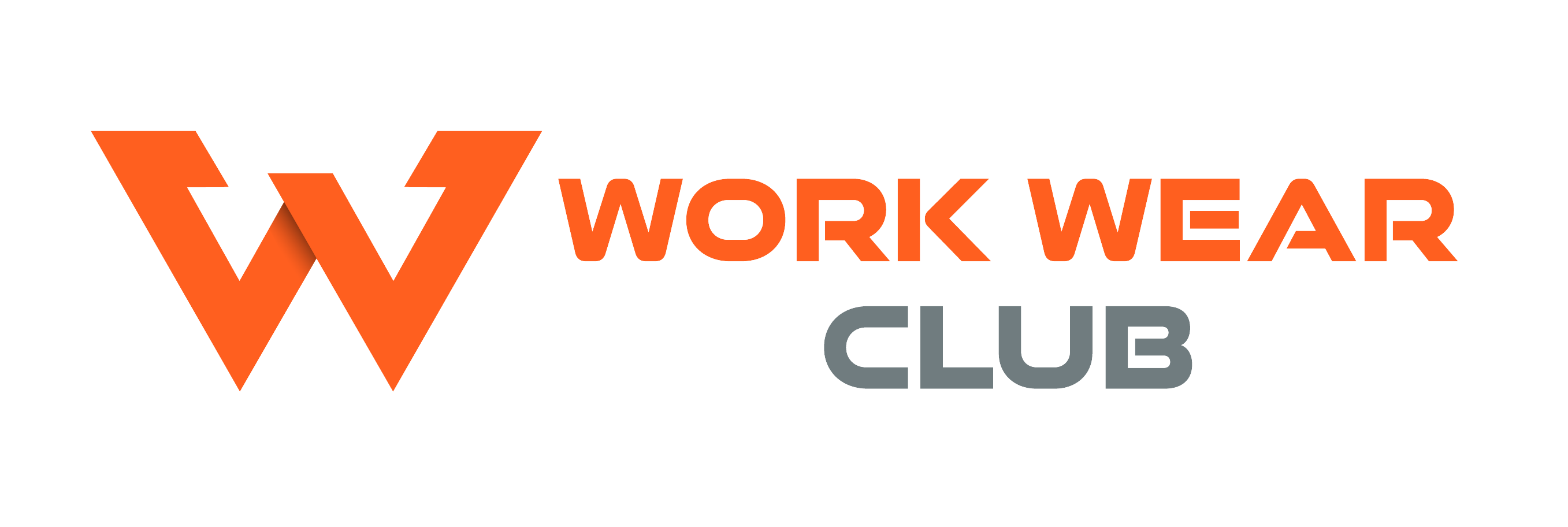4 Surprising PPE-Related Things You May Not Have Known
30th May 2024

Wearing personal protection equipment (PPE) reduces the chance of injury and saves lives. PPE is worn by employees in a variety of industries to safeguard their bodies, hands, lungs, feet, ears, eyes, and hearing.
Producing safety equipment that works requires a great deal of thought, work, and time. Find out four unexpected facts about PPE that you were unaware of.
1. It's Important to Fit Right
The effectiveness of PPE is limited by a one-size-fits-all strategy. For some PPE, fit is more important than for others. For example, in order to function correctly, respirators and face masks must form a seal on the face.
To provide adequate protection, purchase a new size of PPE if your body shape changes. Even PPE that doesn't have to fit perfectly shouldn't be too big or tiny. Retroreflective material will be placed correctly if fitted hi-vis workwear is worn.
2. A Point-of-Contact Control Is PPE
Pre-contact and point-of-contact safety controls are two kinds of measures used at work sites to reduce injuries. Employers utilise procedures like material substitution, administrative controls, and elimination in pre-contact control to get rid of risks before a worker comes into touch with them.
When a hazard cannot be removed, point-of-contact control, the second form of safety control, lowers the chance of exposure and injury. The main method for supplying point-of-contact control is PPE. PPE ought to be viewed in workplaces as a crucial last line of defence.
3. Employers Are Required to Provide Training and PPE as Needed
You might be surprised to learn that businesses are required to supply the appropriate personal protective equipment (PPE) and train staff on how to use it properly. When a hazard exists, OSHA mandates that companies give PPE to workers.
Employers are required to provide workers with training so they understand when and what kind of equipment they need. Employees are trained on how to put on, adjust, wear, and remove personal protective equipment (PPE). They also learn about the safety equipment's limitations and how to properly maintain and dispose of it.
4. Retroreflective Surfaces: Two Fundamental Types
Retroreflective materials come in two primary varieties, despite their initial similarity in appearance. Tiny glass beads are used on glass bead reflective surfaces to reflect light back towards the source. This model has a larger angle of light reflection and is more reasonably priced.
Prismmatic is the second retroreflective surface. Using prismatic materials, flat prisms—as opposed to curved ones—are produced, reflecting light back to the light source in a more concentrated beam.
Wear Work Wear Club's important safety gear to work. Our assortment of hi-vis safety shirts is made with high-quality materials and imaginative designs. Get the ideal fit and style for you by shopping today.

 British Pounds
British Pounds
 Australian Dollar
Australian Dollar
 Canadian Dollar
Canadian Dollar
 Euro
Euro
 US Dollar
US Dollar
 FREE UK DELIVERY ON ALL ORDERS OVER £75
FREE UK DELIVERY ON ALL ORDERS OVER £75




